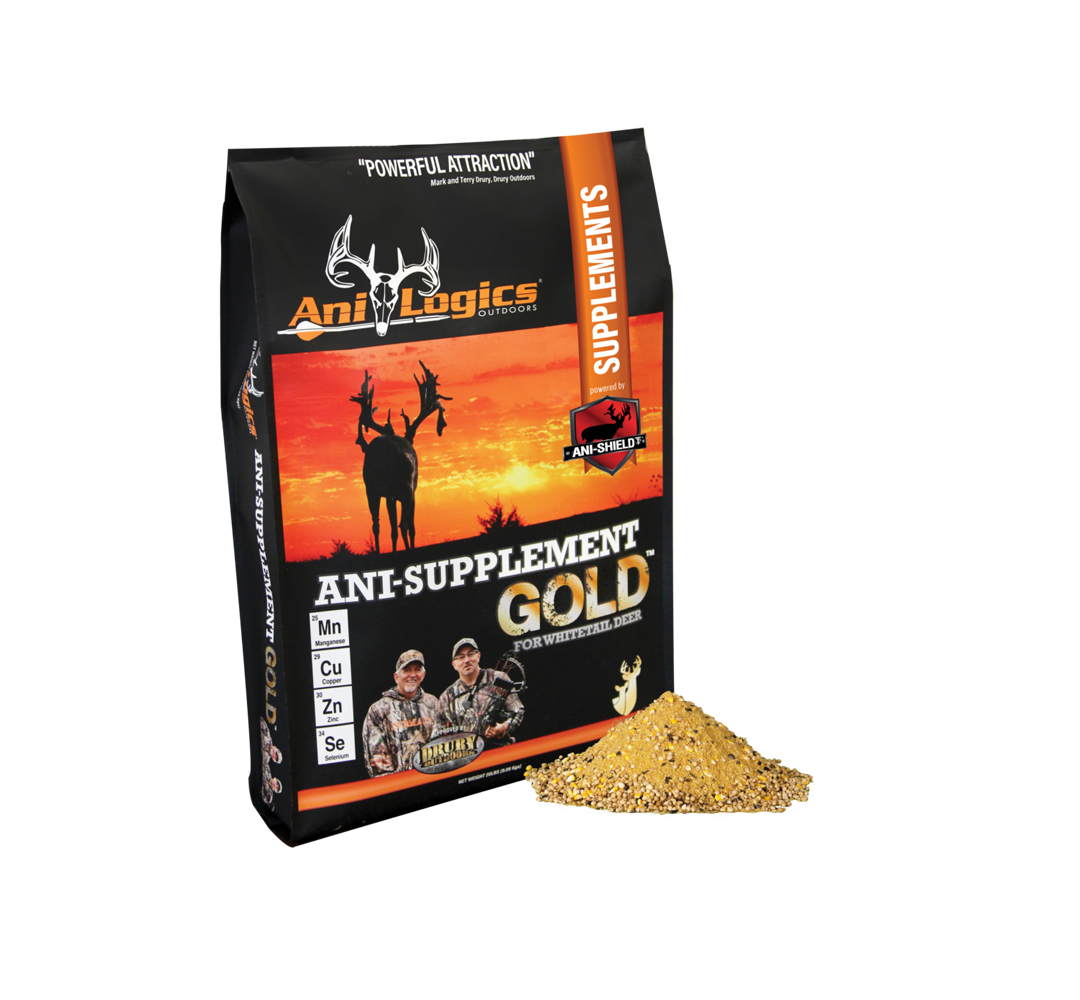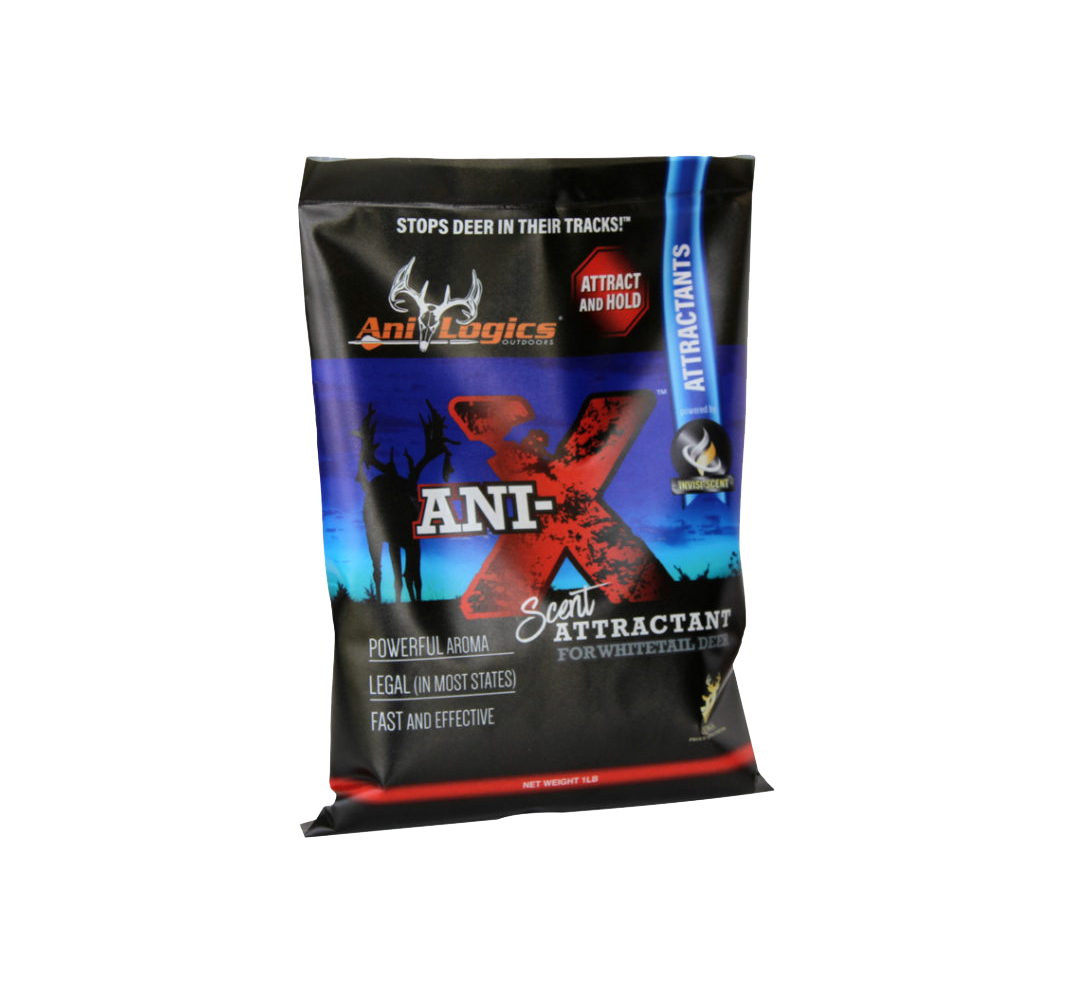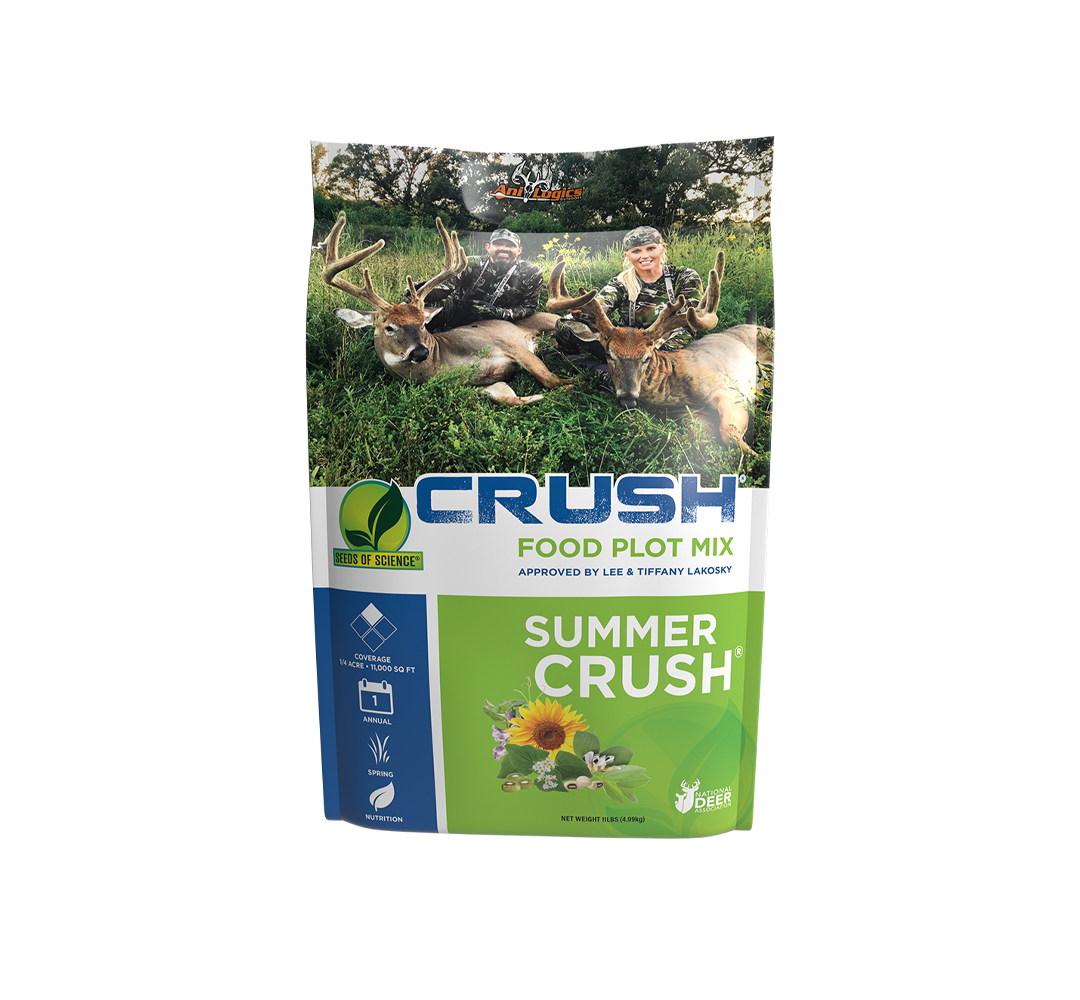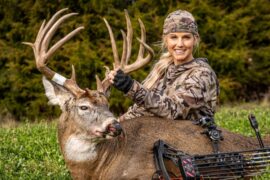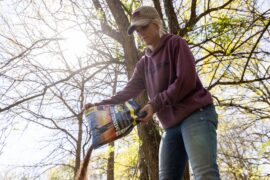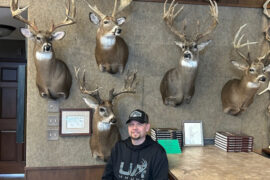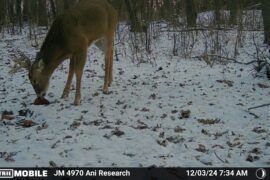Apr 02, 2018
/
By Tim Neuman
/
0
6 Easy Methods to Track Herd Health
It’s no secret that healthy bucks grow bigger antlers than unhealthy bucks, but how can you tell if your herd is healthy? Here are 6 things you can do to help determine if your herd is healthy.
- Weigh your harvested deer. This is easier said than done, especially if you think about getting it weighed after you hang him up. Most meat processors will have a scale but you can buy one yourself if you process your own deer. Along with the weight, you should record the date. Bucks typically lose 20% of their bodyweight during the rut, so drawing any meaningful conclusions about weight from one year to the next, must be adjusted by date. After you have collected weights of enough deer, you can determine if your deer are getting enough to eat. Make sure to compare similar aged deer when looking at weights.
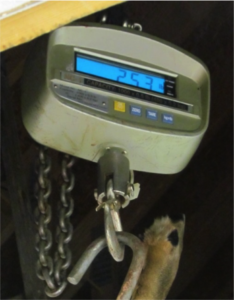
- Measure the kidney fat index (KFI)of a harvested deer. Check out this PDF from our friends at QDMA on how this is done. The KFI, like body weight, should be compared to similar-aged deer harvested in the same season. Much like body weight changes throughout the season, so does the buildup of fat around the kidneys.

- Measure the antlers. Check out my blog if you don’t know how to properly measure antlers. Depending on their age, bucks will devote more energy into antler growth when they have a healthy body. Be careful with this indicator of health, because once antlers become hardened, they don’t change with the health status of the buck. A buck could become injured and be in poor health, but still have a large set of antlers. This indicator relies more on the health status of a buck during the growing season.

- Age the jawbone or send in incisor teeth for age analysis. The measurements you take on body weight and antlers will become more meaningful when paired with age. It doesn’t make sense to compare a 2.5 year old buck to a 5.5 year old buck in terms of body weight and antlers, but after you collect enough samples you will be able to compare body weights and age within a given age class. Aging deer using their tooth wear and replacement is a science, up until they are over 2.5 years, then it becomes more of an art. Deer living on sandy soil may wear their teeth more than deer living in clay soil. The cementum annuli test is a better indicator of age for deer above the Mason Dixon line, but the technique doesn’t work as well in the south where deer do not encounter harsh seasonality.

- Monitor micro-minerals levels by sending in a liver tissue sample. The liver acts like a report card of mineral intake over the previous couple months. With a sample, we can determine when deer are not meeting their mineral requirements. Much like a soil sample is for plants, a tissue analysis give us an idea of what the deer are lacking, so we know where to focus our effort in terms of giving deer everything they need for optimal health.
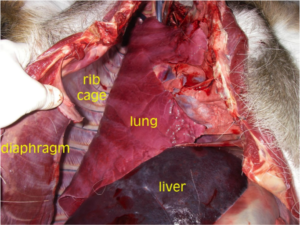
- Check the lactation status of does harvested before the rut. Lactation is easily assessed by squeezing the nipple to see if milk is expressed. If there is milk present, it indicates the doe recruited at least one fawn into the fall population. If you harvest a doe well after the rut (in late December here in Midwest), you can look for fetuses and measure them to determine when that doe was bred using a fetal scale.
After you have collected these health indicators for several years on your property, you can begin to see when improvements need to be made on your property. If deer have low kidney fat index and are not healthy, you can do two things: harvest more deer or increase nutrition. If your liver analysis shows your deer are low in a specific mineral, think about ways you can increase that on your property, such as adding mineral sites.
– Tim Neuman, Wildlife Biologist
Your Cart
Categories
- Attractants 26
- CWD 1
- Deer Management 62
- EHD 3
- Food Plots 17
- Hunting 85
- Land Management 17
- Minerals 28
- Shed Hunting 4
- Supplements 36
- Turkey Hunting 6
Browse Tags
180
ani
ani-shield
Ani-Supplement Gold
anilogics
Archery
Attractants
Clover Food Plot
Clover Frost Seeding
clover plus alfalfa
CRUSH
deer
Deer Attractant
Deer Clover
Deer Feed
Deer Food Plot
Deer Hunting
Deer Protein
Deer Sheds
Disc Food Plot
Discing Food Plot
drury
Food Plot
Food Plot Planting
Food Plots
Frost Seed
Frost Seeding
hunting
logics
mineral
mineral dirt
minerals
nutrition
outdoors
protein
Seeds of Science
Shed Hunting
site
spring
summer
Supplement Feeding Deer
Trail Cameras
Whitetail Deer
Whitetails
winter
Products
-
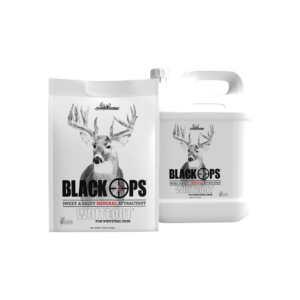 Whiteout Frenzy
$103.90
Whiteout Frenzy
$103.90 -
-
 Summer CRUSH
$39.99 – $129.99
Summer CRUSH
$39.99 – $129.99 -
-
 CRUSH Pro Bean Blend
$139.99
CRUSH Pro Bean Blend
$139.99 -
-
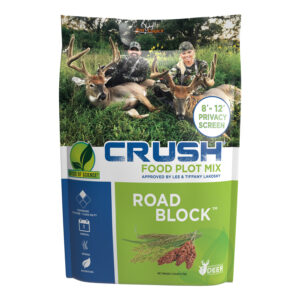 CRUSH Road Block
$29.99
CRUSH Road Block
$29.99 -


